11 Garden Fences Perfect for Staying Cool in Warm Weather
Looking for ways to keep your garden cool during hot weather? The right fencing can make a big difference in reducing heat and providing shade, ensuring a comfortable outdoor space for both plants and people. Whether you want to block the sun, promote airflow, or reflect light, there are several clever and stylish fencing options to suit your needs. Explore these smart ideas to create a cooler, more inviting garden this summer.
This post may contain affiliate links, which helps keep this content free. Please read our disclosure for more info.
Shade Cloth Fencing
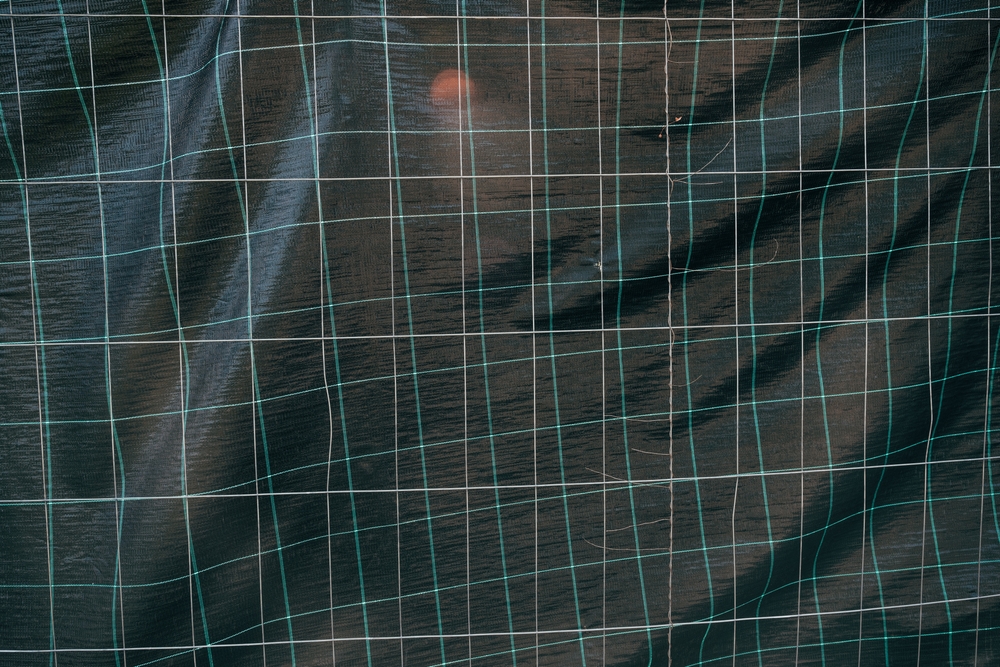
Shade cloth fencing is an excellent option for creating a cooler garden environment. By blocking direct sunlight while still allowing airflow, it prevents plants from becoming overheated during hot weather. Shade cloth comes in varying densities, allowing you to choose the right level of sun blockage for your garden. In addition to providing shade, this type of fence is highly breathable, which means it helps maintain air circulation, reducing humidity and discomfort.
The material itself is lightweight and flexible, making it easy to install along garden edges or even as a freestanding divider between sections of your garden. The fabric is durable and UV-resistant, meaning it can withstand the harsh summer sun for long periods without degrading. For a stylish twist, shade cloth is available in various colors, including neutral tones, which can complement your garden’s aesthetic while keeping things cool.
Vertical Slat Fencing
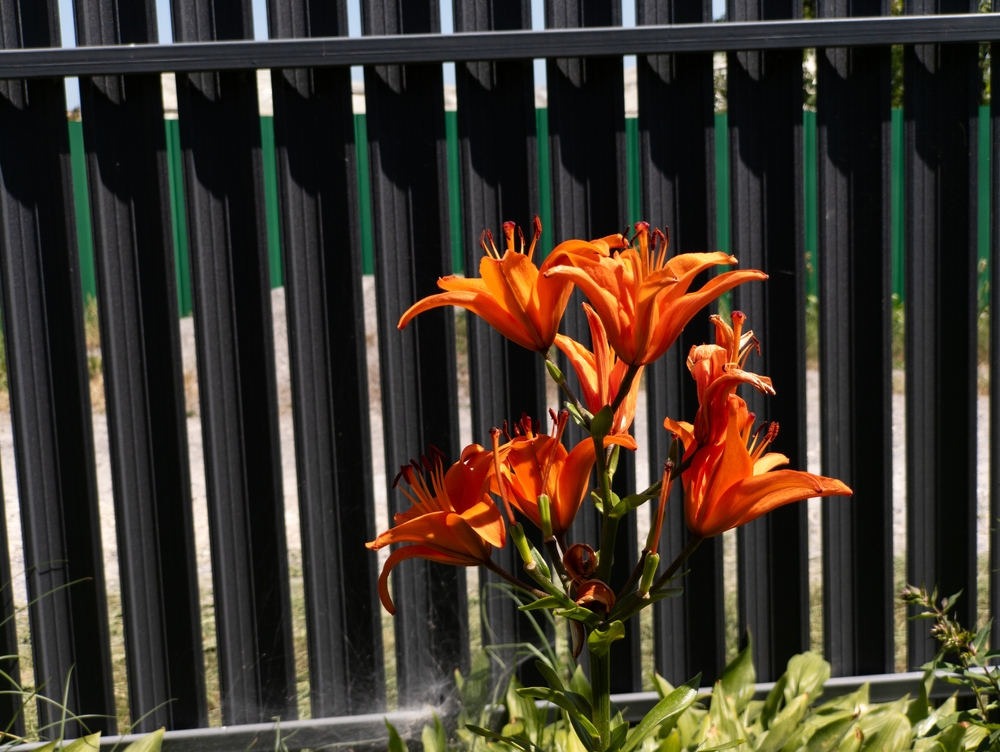
Vertical slat fences are a versatile and effective way to enhance garden cooling. The vertical alignment of the slats allows sunlight to filter through, providing partial shade, while the gaps between the slats ensure optimal airflow. This helps reduce the heat buildup in your garden by encouraging air circulation, which is essential for keeping temperatures down. Whether you’re trying to cool a small garden or a large backyard, this type of fence provides the perfect balance of shade and ventilation.
One of the standout features of vertical slat fencing is its ability to create a modern, clean look that suits both traditional and contemporary gardens. The use of light-colored wood or metal slats can further enhance its cooling effect. Light hues such as cream or soft beige reflect sunlight, minimizing heat absorption and helping to maintain a cooler garden environment even in the peak of summer.
Lattice Fencing with Climbing Plants
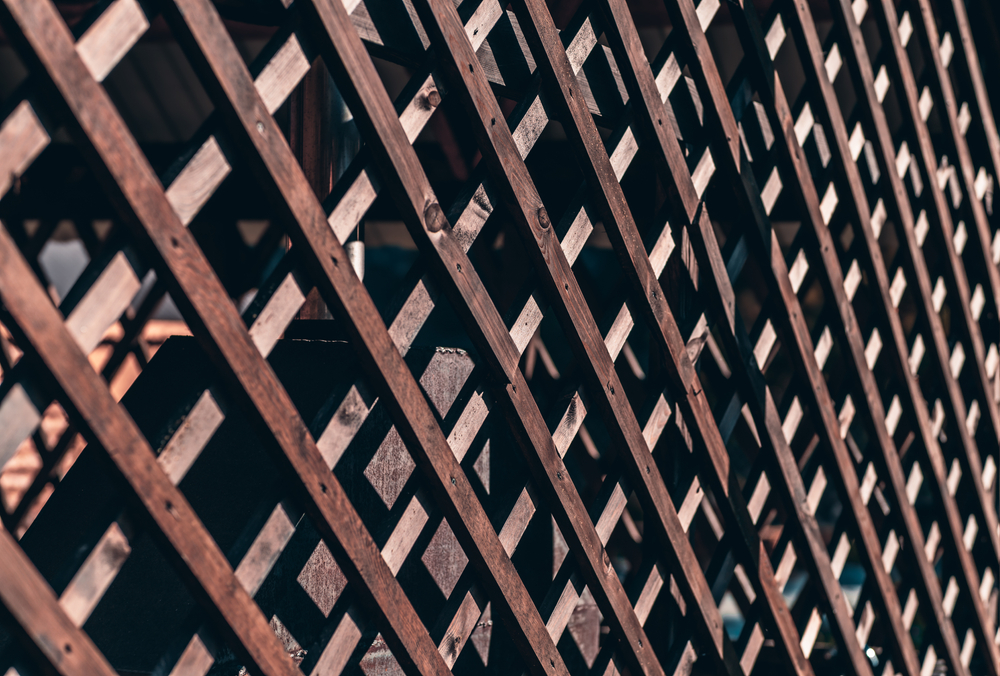
Lattice fencing paired with climbing plants is a classic garden feature that offers both beauty and cooling benefits. As climbing plants like ivy, honeysuckle, or wisteria grow over the lattice, they create a natural canopy that provides significant shade. Not only does this cool the garden by blocking the sun, but the plants also release moisture through transpiration, which can help lower the surrounding temperature. This method combines aesthetics with functionality, turning your fence into a green, living piece of art.
Lattice fencing also allows for excellent airflow, as its open structure promotes ventilation around the plants. This means your garden will stay cool without becoming stuffy or humid. For an added cooling benefit, opt for light-colored lattice fencing. Painting the lattice a light color helps reflect sunlight, further enhancing the shading effect and keeping your garden comfortable during hot weather.
Galvalume Metal Fencing
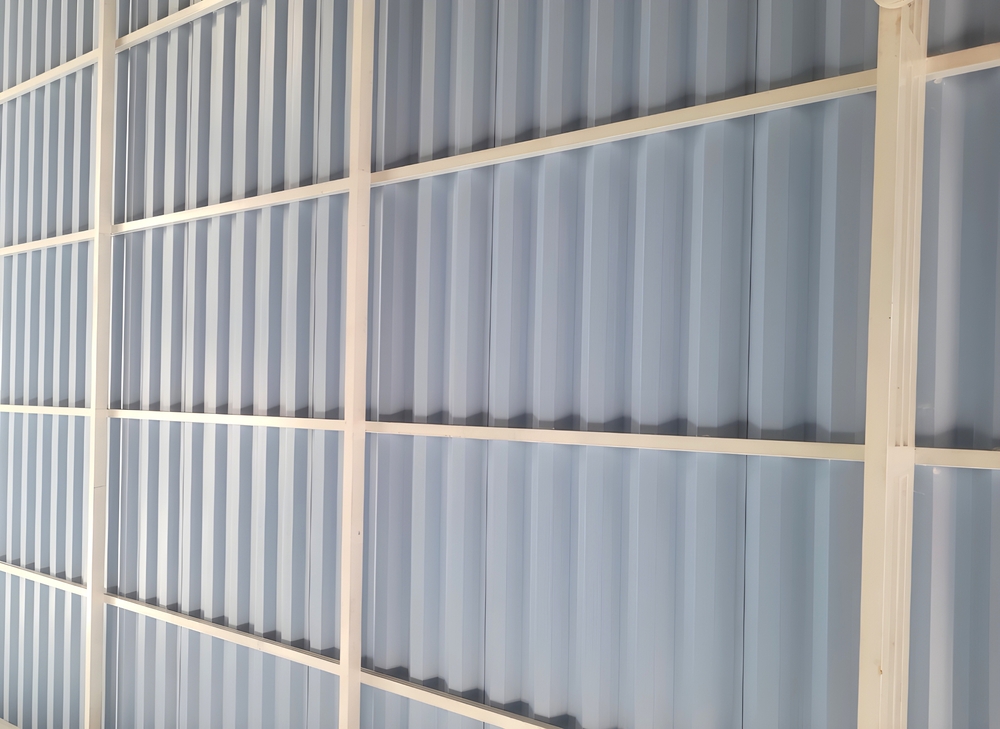
Galvalume metal fencing is an innovative option that provides both durability and cooling benefits. The key feature of Galvalume fencing is its ability to reflect sunlight, thanks to its shiny, light-colored surface. By reflecting the sun’s rays, this type of fence prevents the surrounding air and garden from becoming too hot. Unlike dark metal fences that absorb heat, Galvalume stays cooler, providing a more comfortable outdoor space for plants and people alike.
This metal fencing is not only functional but also stylish, offering a modern look that suits a variety of garden styles. It is highly resistant to corrosion, ensuring that it will continue to perform well even in harsh weather conditions. The reflective properties of Galvalume make it a particularly good choice for gardens in areas where the sun can be intense, helping to maintain a pleasant temperature in your outdoor space.
Bamboo Fencing
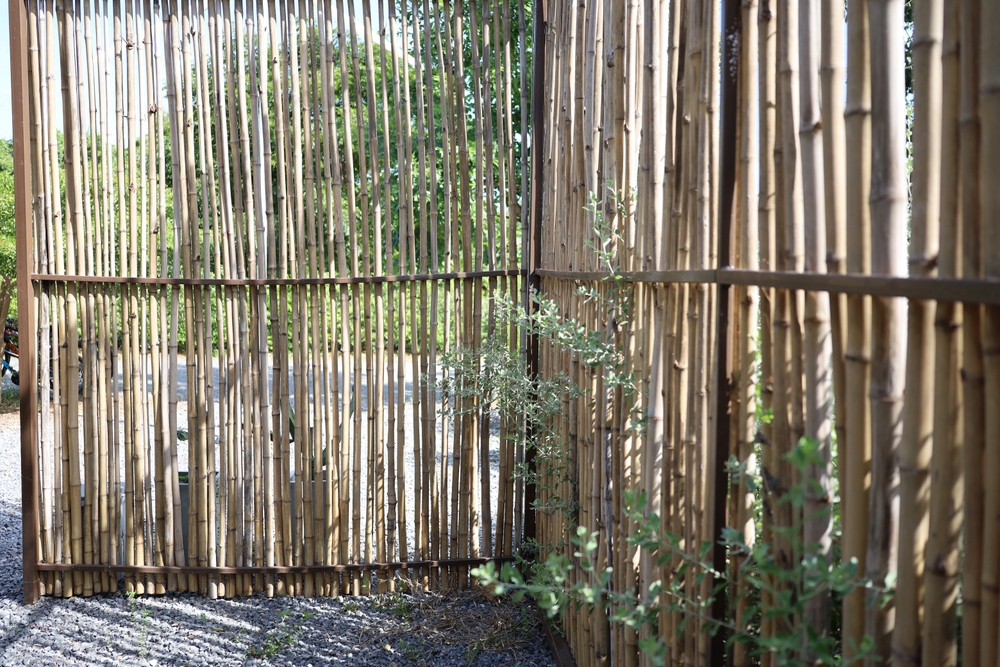
Bamboo fencing offers a unique combination of aesthetic appeal and temperature control. As a natural material, bamboo provides shade while still allowing air to circulate freely between the stalks. This helps reduce the amount of direct sunlight reaching your plants, keeping them cooler. Bamboo is also an environmentally friendly option, as it is a renewable resource that grows quickly and requires minimal maintenance.
Bamboo fencing’s ability to blend seamlessly into various garden settings makes it a popular choice for creating a more serene and shaded atmosphere. For added cooling, bamboo can be paired with light-colored or reflective materials behind it to enhance its sun-blocking and heat-reflective properties. Whether you choose a tall, dense bamboo fence or a more spaced-out version, it can help maintain a cooler garden environment during the hottest summer months.
Green Wall Fencing

Green wall fencing, also known as living walls, involves growing plants directly on or in a vertical structure. This type of fence provides instant shade, cooling down the garden through the plants’ natural evapotranspiration process. As plants absorb water and release moisture into the air, the surrounding temperature drops, creating a more comfortable environment. Green walls can be designed with a variety of plant types, from lush ferns to drought-resistant succulents, making them highly customizable for different climates and aesthetics.
Beyond temperature regulation, green wall fences offer a unique way to bring nature closer to your home, creating a living barrier that fosters a more relaxed, organic atmosphere. They also help reduce noise pollution, add privacy, and can serve as a habitat for local wildlife. Green walls are a visually stunning way to combat the heat while enhancing the beauty of your garden.
Trellis Fencing with Vining Plants
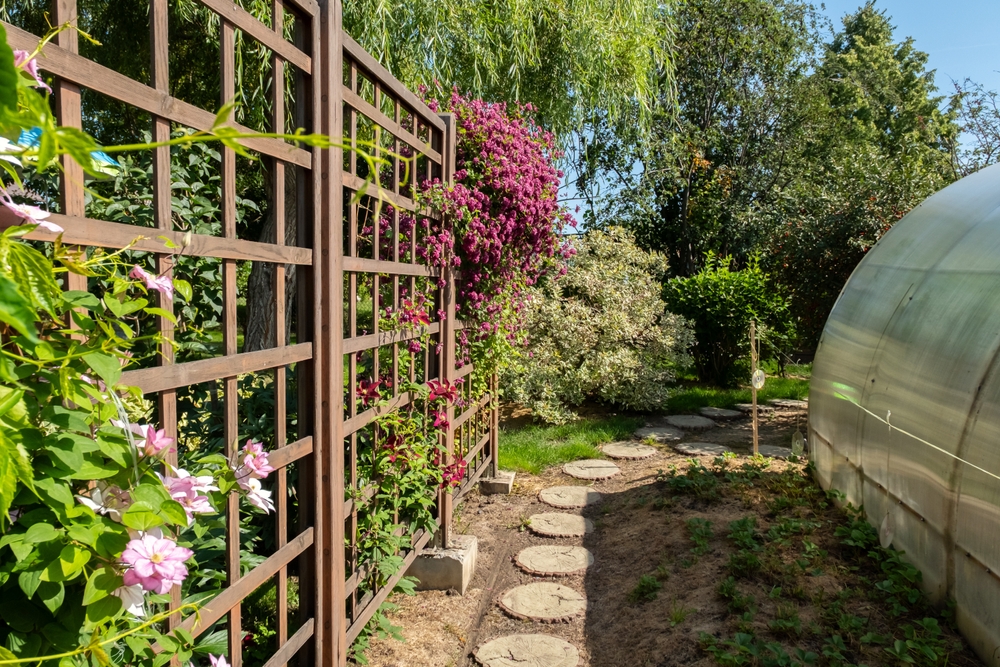
Trellis fencing is another great option for keeping your garden cool by combining shade and airflow. The vertical structure allows climbing plants such as grapes, tomatoes, or morning glories to grow up and over the trellis, creating natural shade that can reduce the temperature in your garden. As the plants grow and spread, they provide a cool canopy that shields your garden from the harsh summer sun. The gaps between the trellis slats also encourage air to circulate, helping to cool the environment even further.
Trellis fencing is versatile and can be customized with different plant types based on your garden’s needs. Some plants, like grapevines, even provide the added benefit of edible fruit, making this type of fence both decorative and functional. The use of light-colored or reflective materials behind the trellis can further amplify its cooling effect, ensuring your garden stays comfortable all season long.
Stone or Brick Fencing with Vents
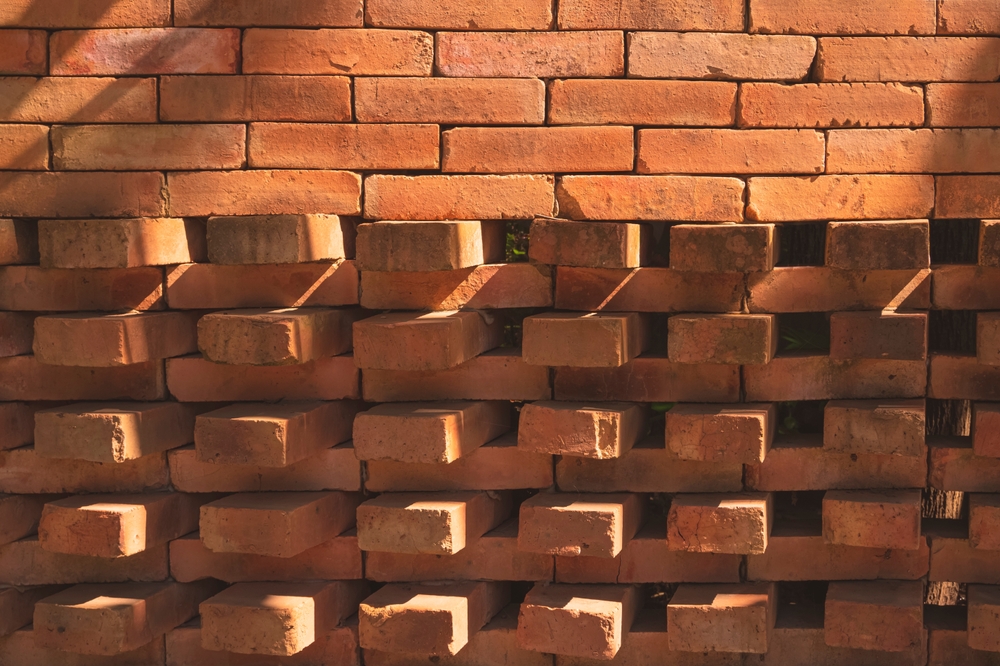
Stone or brick fencing provides a solid, durable boundary around your garden, but the key to making it work for cooling is to incorporate vents or gaps in the design. The vents allow air to pass through, preventing the fence from becoming a solid barrier that traps heat. When built with proper spacing or even natural stone formations, this type of fence can significantly reduce heat by encouraging airflow, while still offering privacy and security.
Opting for light-colored bricks or stones will also help in reflecting the sun’s rays and preventing the absorption of heat. This type of fence can be an investment, as stone or brick is long-lasting and requires minimal maintenance. The robust nature of this fence makes it a great option for those looking for both cooling and strength in their garden’s design.
Wooden Pallet Fencing with Plants
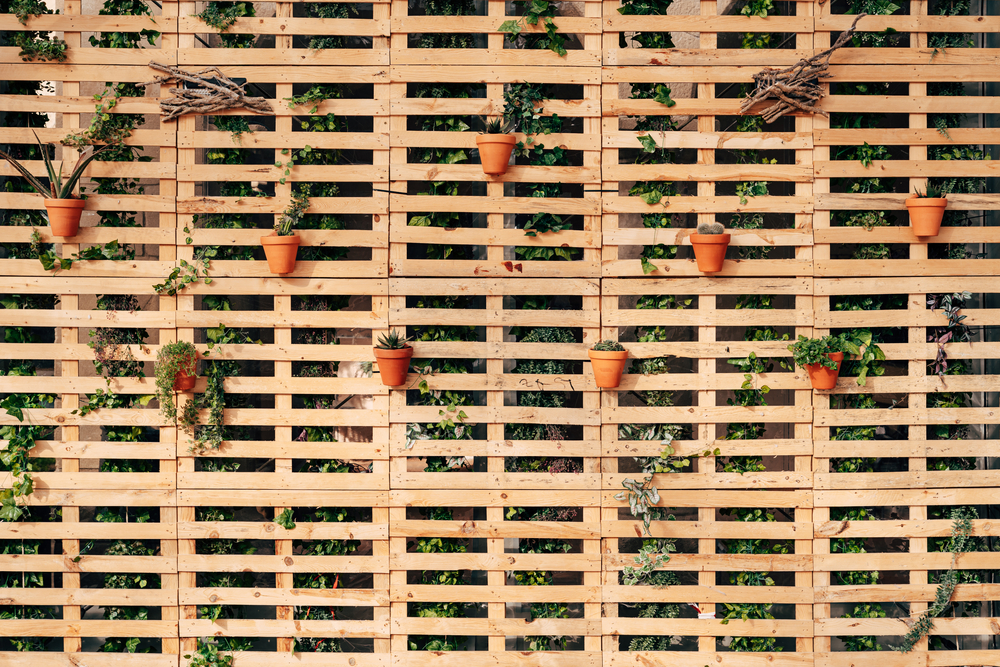
Wooden pallet fencing is a budget-friendly and creative option for adding a rustic touch to your garden while helping keep it cool. By arranging wooden pallets vertically, you create a unique, open fence that allows for excellent airflow. The spaces between the wooden slats help air to flow through, cooling down the area while still providing some level of privacy. Adding plants along the base or allowing them to grow through the slats will further enhance the fence’s cooling effects by offering natural shade and moisture.
Wooden pallet fences are versatile and can be painted in light colors like white or light gray to reflect the sun’s rays, preventing heat buildup. In addition to cooling your garden, pallet fences can be an eco-friendly option since pallets are often made from recycled wood. With the right plants and a bit of creativity, a wooden pallet fence can become an attractive, functional, and sustainable solution for keeping your garden comfortable.
Living Fence of Hedges or Shrubs
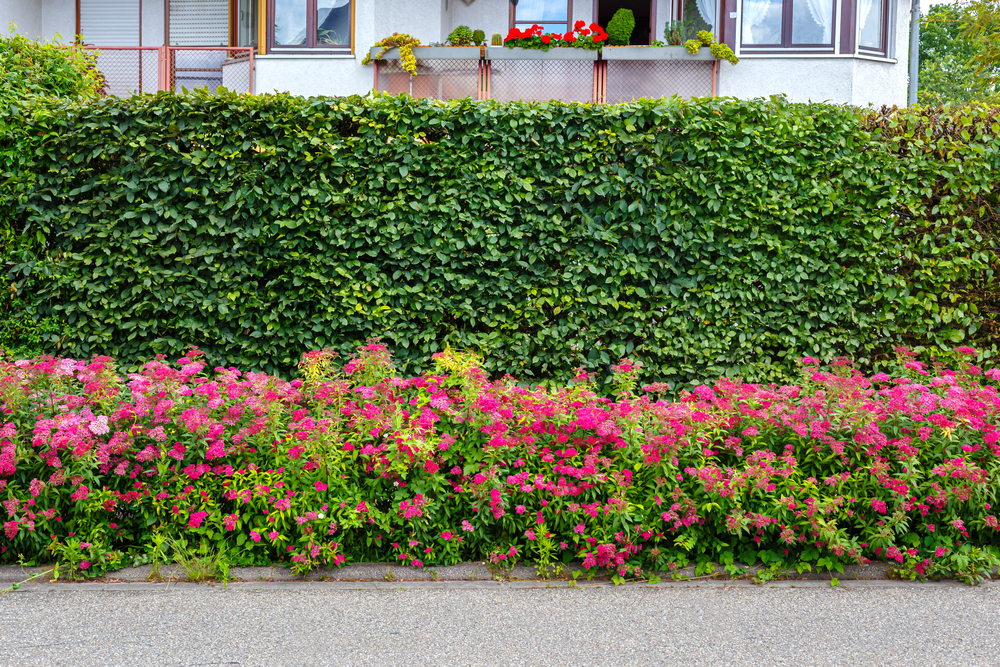
A living fence made from dense hedges or shrubs provides natural shade while maintaining privacy in your garden. Shrubs such as boxwoods, holly, or privet can be grown thick enough to block out the sun’s rays, reducing heat in the surrounding area. The bonus is that these plants help improve air quality, providing more oxygen while offering a cooler environment. As a living fence, these shrubs help cool the garden naturally by trapping moisture and preventing the heat from absorbing into the soil.
While creating a hedge or shrub fence, make sure to choose plants that are suitable for your climate. Opting for drought-tolerant varieties that can withstand high heat will ensure that your living fence thrives through the summer. In addition to providing shade and cooling benefits, these plants can be shaped to suit your garden’s aesthetic, making them a practical and attractive solution for hot weather.
Woven Willow Fencing
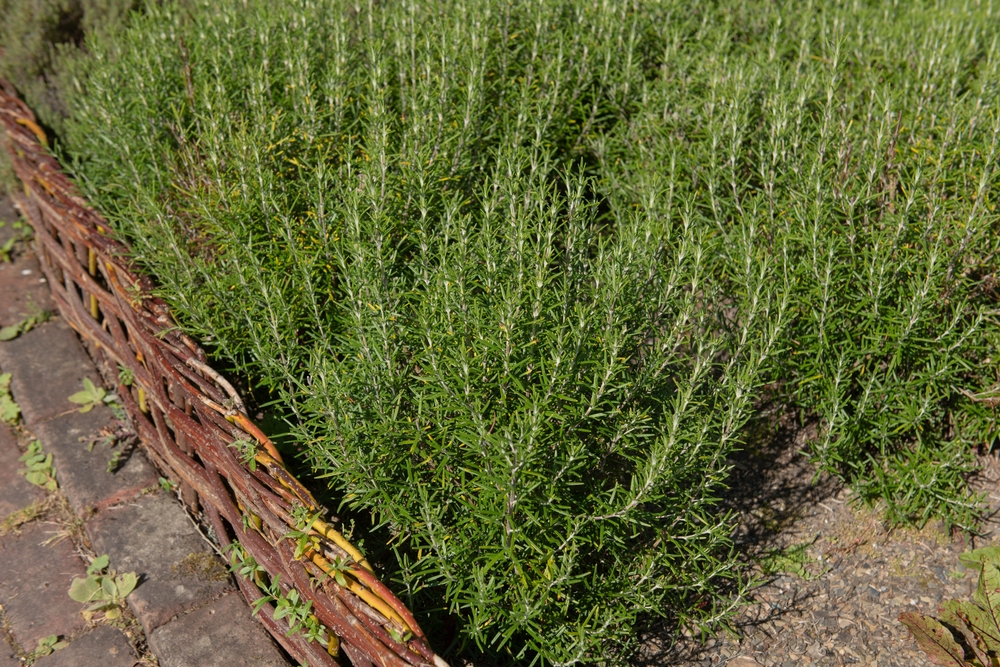
Woven willow fencing, often seen in rural or rustic gardens, offers an eco-friendly and effective way to keep your garden cool. The woven structure allows for plenty of airflow, which helps prevent heat from becoming trapped in your garden. This type of fence creates a natural, breathable barrier, allowing the breeze to flow through, keeping the temperature down during warm days. The willow can be treated or left untreated, with the latter option blending seamlessly into natural surroundings.
Willow fences also provide shade, but their ability to reflect light while allowing airflow makes them particularly effective at reducing the heat in your garden. This type of fence can be easily customized in height and shape, providing a flexible solution for different garden styles. It’s an affordable, low-maintenance option that adds charm and functionality to your outdoor space.
This article originally appeared on Avocadu.
